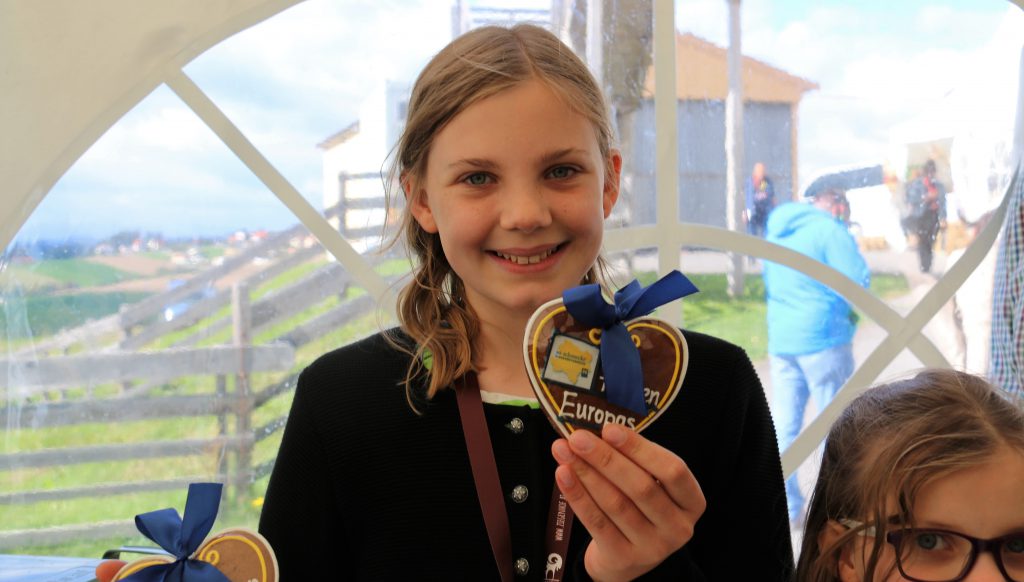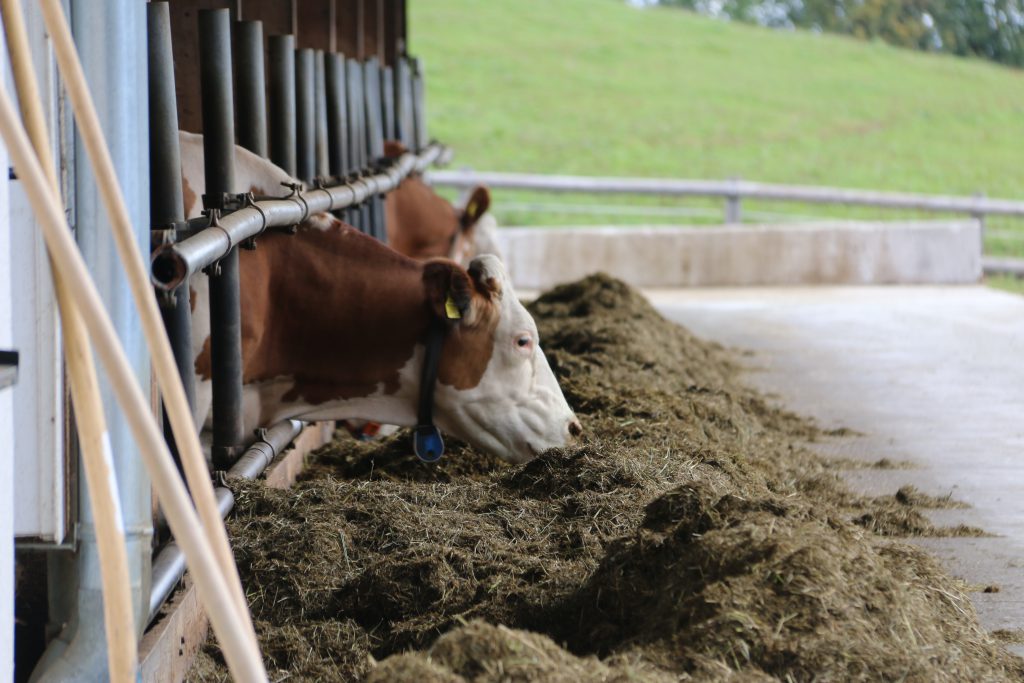Beauty queens, wellies and dairy cows – not three words you’d expect in one sentence, but get out of Vienna and into the alpine valleys of Austria and it’s likely you’ll not be far away from one of the country’s reigning milk queens.
Chosen for their knowledge and passion for the industry, the girls are far from just pretty faces.
Marlene Laschober recently took up the mantle for Lower Austria. She loves helping out on the farm at home but knows her brother will take it over one day so she sees this as her way to make her mark on the industry.
The family farm runs 45 Flekvieh milking cows – the typical Austrian cow because it can be used for both for beef and for dairy.
“My focus is that everyone should know what agriculture looks like in Austria – especially in Lower Austria,” she said.
“I wanted to do something for the dairy industry – but the farm is for my brother so I try to do the presenting and talking.
“It’s not paid – but it certainly takes a lot more time than a hobby,” she laughed.
“When you like what you do you make a good go at it and put a lot of effort into it so I am proud to represent the industry here.
“We get the job for two years and I think that this is a good thing because then you get long enough to make a difference but not so long that you run out of energy.”
Duties of a milk queen
The milk queen is chosen in a rigorous process starting with an exam to make sure the girls know enough about the industry to be able to represent it.
Duties include everything from presenting awards and visiting schools to meeting international government leaders – as Marlene has done this week with at the informal European Commission Agriculture Committee meeting in Vienna.

Traditional Austrian cookies, known locally as ‘Linzer Kekse’, were presented to ministers at the meeting
Marlene was crowned on May 22 in a special ceremony. Her tiara has been handmade locally and is topped with engravings of a slice of cheese, the region’s crest and a bottle of milk.
Each queen can choose her own theme for her reign. Education and sharing stories about the industry with children and consumers are central to Marlene’s goals.
“Every child should know that a cow is brown and not yellow or pink. And it’s also important that they know how our industry is structured,” she said.
Our farms are quite small – around 20 cows on each farm – and that’s the reality. Because of the media, a lot of people think farms have hundreds or thousands of cows – and here that isn’t true.
“Other [milk queens] have focused on the farmers or on different aspects of the industry – it’s the history of the milk queen and the work that they do that makes it so special.
“It’s an honour but it’s connected to a lot of work – and it’s good fun.”


